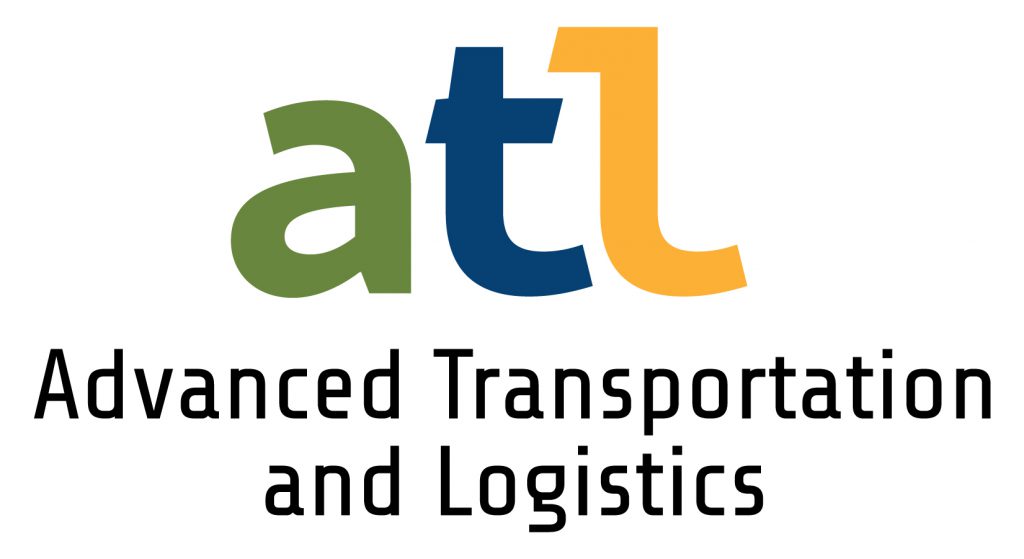College Saves $150,000 a Year in Utility Costs
From Renewable Energy World on July 20, 2016

Elon Musk, CEO of Tesla Motors Inc., unveils the company’s newest product, Powerpack. AP Photo — Ringo H.W. Chiu
In an effort to kick-start demand for its Powerpack energy storage solution, Tesla Energy is initiating pilot projects that demonstrate the value of energy storage to potential customers in the commercial space. One of the first of these pilots is a 4-MW storage project at California’s College of Marin.
It’s been more than a year since Elon Musk first announced the launch of Tesla Powerwall and Powerpack energy storage solutions. The daily-use residential Powerwall system has garnered most of the attention, with 2,500 of the 6.4-kilowatt-hour units sold worldwide in the first quarter of this year. Meanwhile, the commercial Powerpack system has moved more slowly out of the gate with fewer than 100 units sold worldwide in the first three months of the year. The 10-kilowatt-hour, 500-cycle Powerwall designed for backup use was discontinued in the U.S. market in March due to lack of interest.
The College of Marin demonstration project consists of a 2.4-MW system (five lithium-ion battery units delivering 480 kW of power each) on the college’s Kentfield campus and a 1.44 MW system (three 480 kW units) on its Indian Valley campus. The Kentfield system stores power generated by a carport and rooftop mounted PV system that was originally installed in 2008 to provide power for the campus’s lap pool and diving building. Tesla did not respond to inquiries regarding MWh capacity or cost per MWh for the Powerpack systems.
Substantial Savings in Utility Costs
After just a few weeks, the system is already paying dividends.
“Looking at last year’s bill, I can already tell the battery system is doing exactly what it’s supposed to be doing,” Greg Nelson, College of Marin’s Vice-President of Finance and College Operations, said. “It plateaued off the [demand] peaks, so when PG&E resets the rates for the upcoming year, they won’t be able to hit us for those peak demand charges. It’s going to save us about $150,000 a year in utility costs, which is not insignificant.”
For the college, the decision to install the Tesla storage system really was a no-brainer — the college’s financial contribution was zero. The cost of the $5.3 million project is being covered by $1 million in government incentives plus financial support from PG&E, Tesla, and MCE, California’s first Community Choice Aggregation agency. MCE brought Tesla and the college together under its mandate to grow local renewable energy generation and shrink demand through energy efficiency measures.
The College of Marin project faced logistical challenges — like snaking around the 900 geothermal wells the college uses for hot water — that contributed to the steep price tag. While a 35-year simple payback period might not be particularly compelling, Tesla is hoping potential commercial customers will be able to extrapolate the benefits of energy storage from the particulars at the College of Marin.
“For Tesla, it’s a huge win,” Nelson said. “I’ve probably had 30 companies here in the last month looking at the project because I’m the only battery storage facility in Northern California using their system.”
Read original article here.


